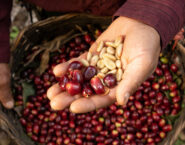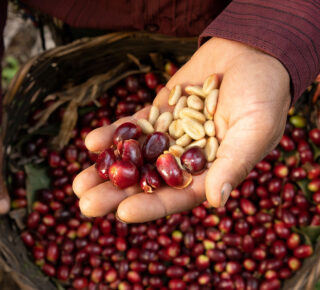
With such a breadth and depth of coffee options in the world, there’s something for every coffee drinker. We have many different types of coffee beans and coffee drinks thanks to the different approaches available at every step of the lifecycle of coffee.
In addition to the types of coffee beans (or varieties) you may choose, the ways your beans are processed impacts your cup. It all starts on a tree—a coffee tree. Coffee is a natural food, and the cherry (fruit) of the coffee tree is where we get coffee beans (seeds). When we talk about processing, we’re referring to how those coffee beans are extracted from coffee cherries, then dried, roasted, and stored. All these steps play a role in your coffee’s taste, texture, and level of caffeination. And, depending on these methods, some coffees may earn certifications based on standards set by governmental and non-governmental organizations.
Here are the different paths coffee beans navigate to create your perfect cup.
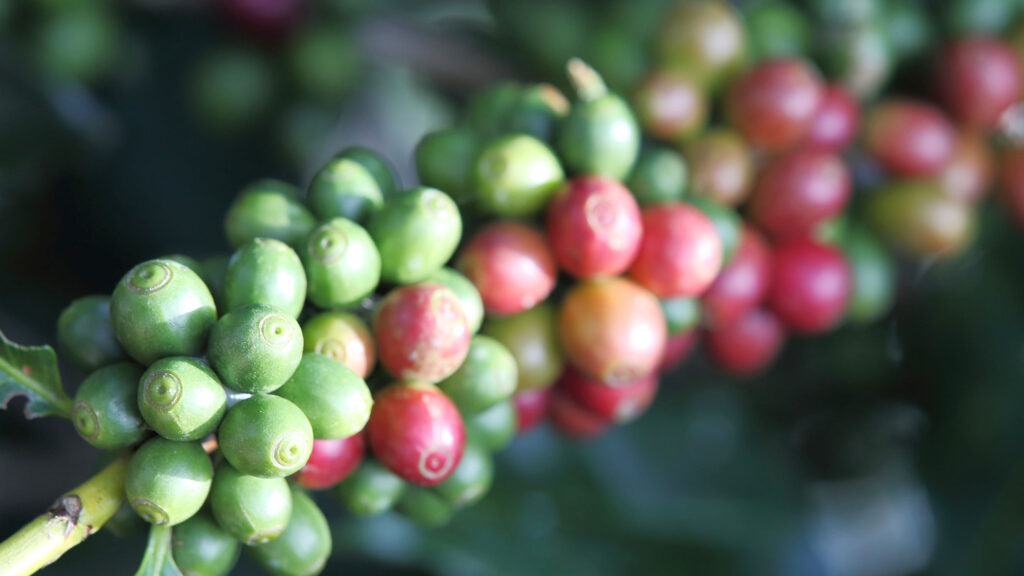
Varieties
Don’t let the terminology throw you—varieties of coffee are simply different types of coffee beans, much like there are different types of apples. Learn more about the structure of the coffee cherry (the fruit) that contains coffee beans (the seeds) and the distinct characteristics of arabica and robusta, the two most common species of the coffee plant.
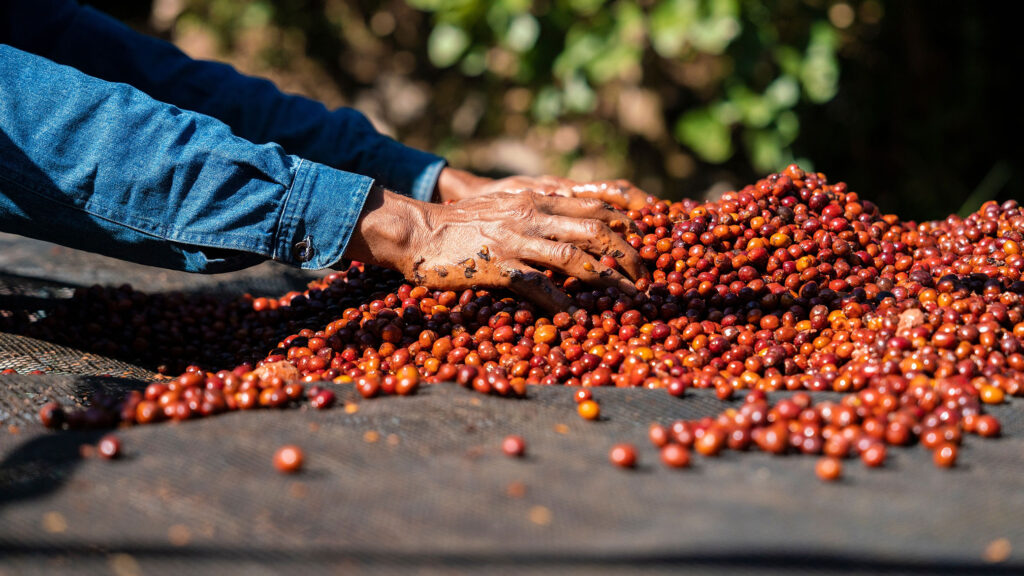
Processes
Coffee processing prepares freshly harvested coffee cherries (the fruit) to remove the beans (the seeds) for roasting and brewing into the beverage you know and love. There are different methods used depending on the environment and resources available as well as the desired flavor profiles. Learn about the natural (dry) process, washed (wet) process, and semi-washed (honey) process—and how these methods influence the taste of the coffee you drink.
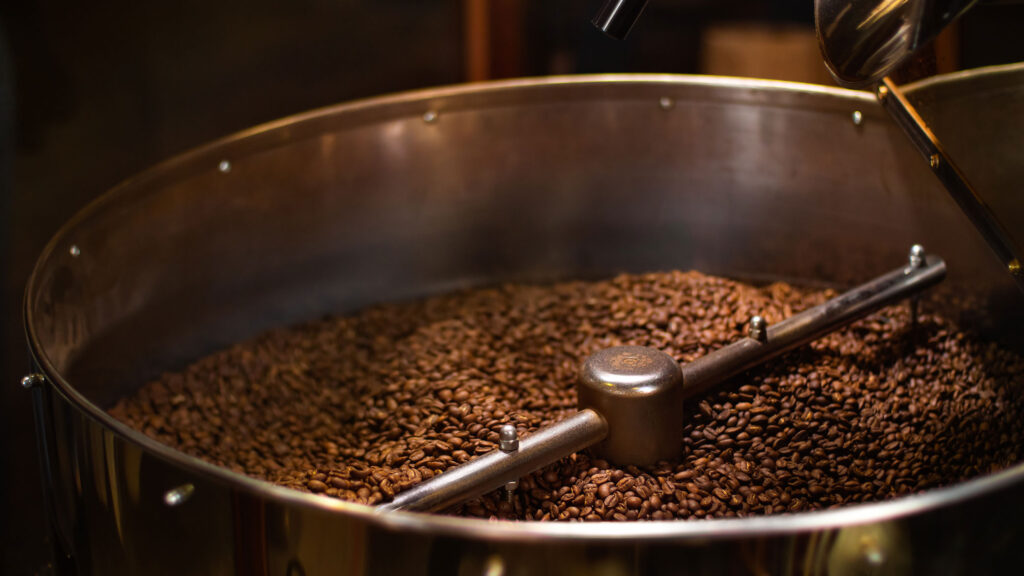
Roasts
After coffee cherries (the fruit) are harvested from coffee trees and processed, yielding coffee beans (the seeds), coffee roasting transforms the raw, green coffee beans into the familiar, fragrant brown beans associated with the fresh coffee we drink. Learn more about the process of roasting coffee, the most common roast categories—light, medium, and dark—and tips about choosing the right roast for you.
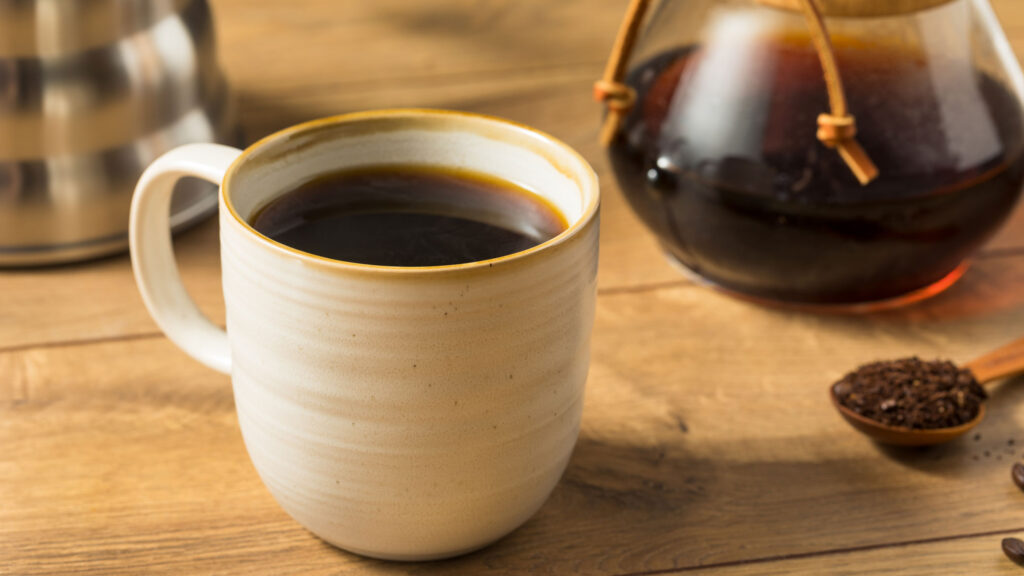
Decaf Coffee
Caffeine occurs naturally in coffee. While most people drink caffeinated coffee, “decaf”—or coffee from which most of the caffeine has been removed—plays an important role in the coffee community, ensuring everyone can enjoy a cup. Learn how much caffeine is in coffee, the health benefits associated with drinking it, and how coffee is decaffeinated.
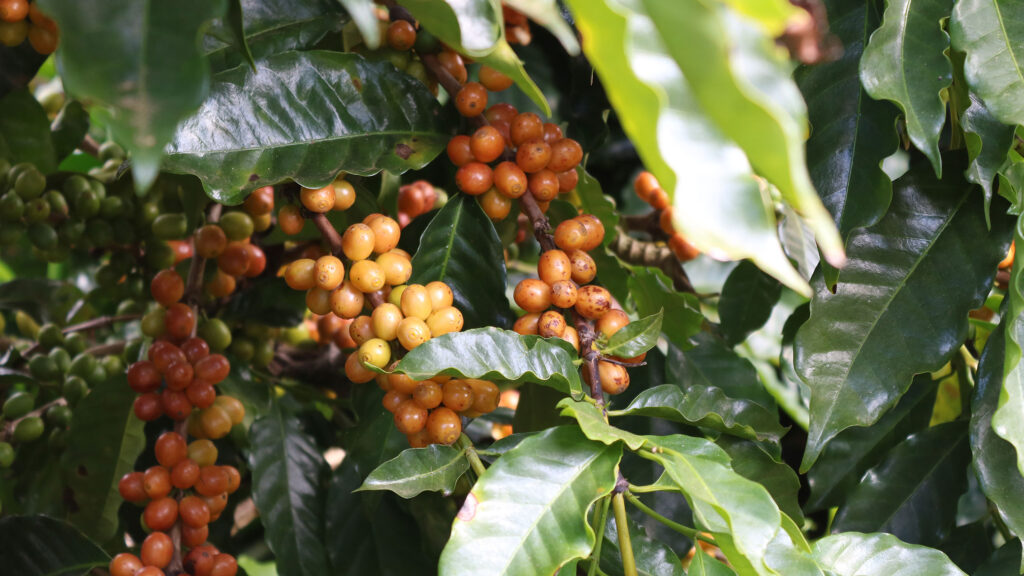
Organic Coffee
The U.S. Department of Agriculture manages the organic certification for products sold in the United States, including coffee. If you’re interested in buying organic coffee, you’ll want to look for the USDA Organic Seal. Learn more about this certification and what it means.
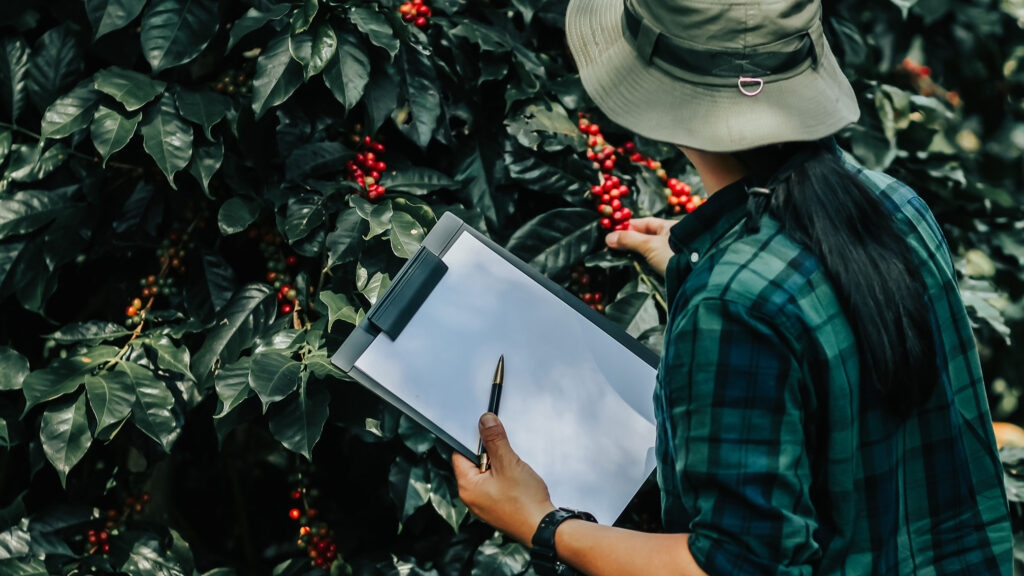
Coffee certifications
Many different organizations set standards for coffee. In fact, all coffee companies have their own standards, which guide how they select the coffees they sell, so be sure to check out your favorite brand to learn more about their standards. In addition, there are certifications offered by governmental and non-governmental organizations. If you’ve ever wondered about the certifications you see on coffee packaging—such as organic and environmental certifications—you can learn more about those here, along with the organizations involved.
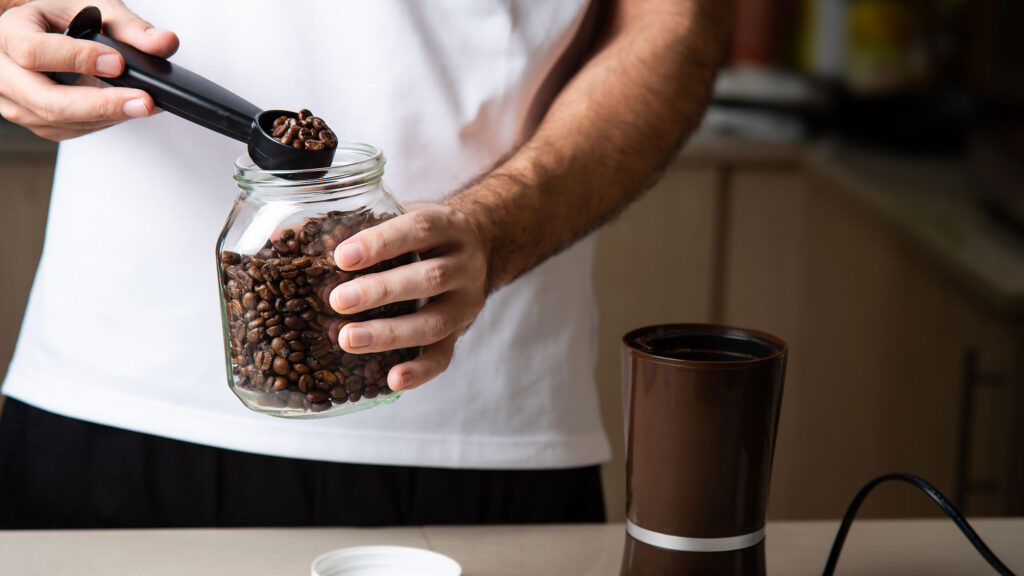
Storage and shelf life
Proper coffee storage protects the freshness and flavor of your coffee beans (and ground coffee.) Get top storage tips as well as answers to some of the most common questions about storing coffee, including how long it maintains freshness, if coffee ever expires, and whether or not you should freeze your coffee beans.



